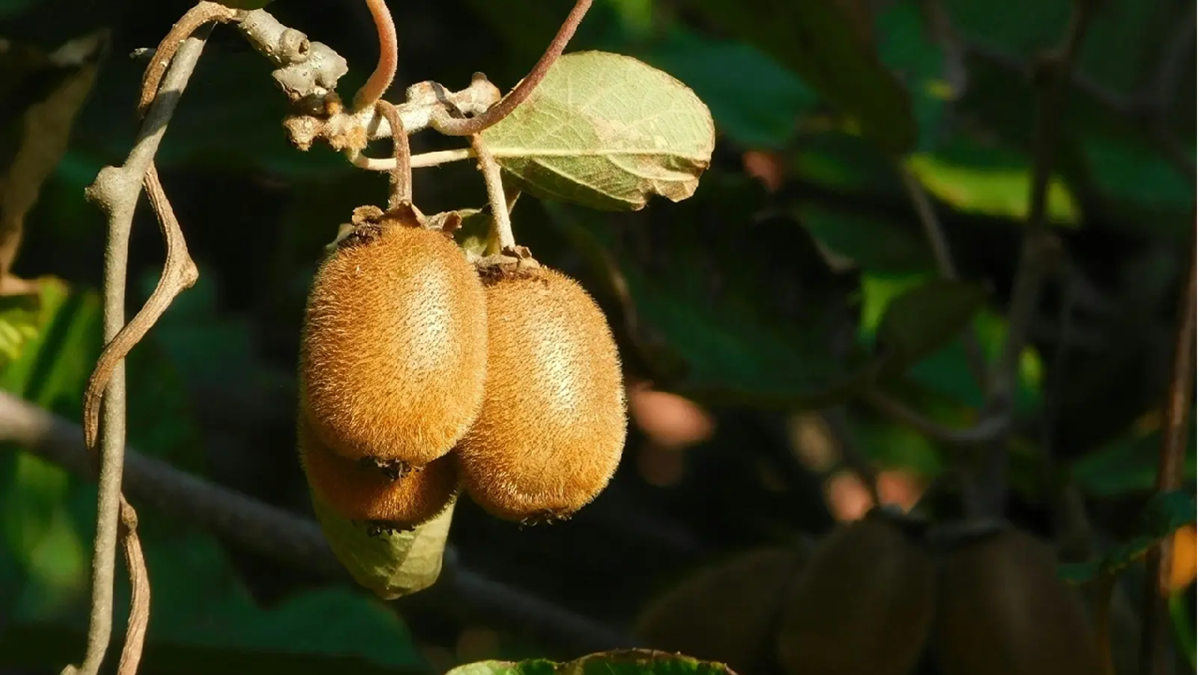Measurements
NIR Spectroscopy for Orange Cultivars
The potential of shortwave near-infrared (NIR) spectroscopy to provide a non-destructive, objective, and quantitative assessment of thick-peeled oranges was investigated by testing the sweetness of three Pakistani cultivars: Mosambi, Blood Red, and Succari. The scientists used the industry-standard F-750 Produce Quality Meter, to collect spectra in the range of (310-1100 nm) to find the correlation of quality indices ºBrix, titratable acidity, BRIX:TA, and BrimA (Brix minus acids) with sensory
20 September, 2022
The potential of shortwave near-infrared (NIR) spectroscopy to provide a non-destructive, objective, and quantitative assessment of thick-peeled oranges was investigated by testing the sweetness of three Pakistani cultivars: Mosambi, Blood Red, and Succari. The scientists used the industry-standard F-750 Produce Quality Meter (2nd picture), to collect spectra in the range of (310-1100 nm) to find the correlation of quality indices ºBrix, titratable acidity, BRIX:TA, and BrimA (Brix minus acids) with sensory assessment. These results were compared with values from standard destructive testing methods and sensory tests that classified fruits according to taste as sweet, acidic, or mixed. Partial least squares regression models for ºBrix, titratable acidity, BRIX:TA, and BrimA correlated 0.57, 0.73, 0.66, and 0.55, respectively, with standard tests. The direct sensory classification with NIR achieved an accuracy of 81.03%. Ultimately, the scientists concluded that NIR spectroscopy was more suitable for direct sweetness classification in oranges than through the standard use of quality indices. Read HERE the full paper












